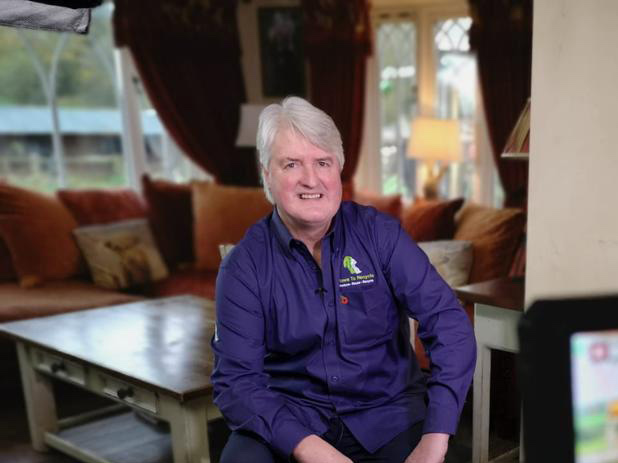CMYUK has partnered with UK-based Howe to Recycle to ensure that PVC-free Kavalan does not end-up in landfill.
The medium has been developed to be transformed into clean community energy or upcycled at the end of its life. To that end CMYUK has been working with Howe to Recycle for 12 months to establish credible recycling routes and a closed loop operation for the traceable collection/disposal of used Kavalan products for its customers.
The ultimate, and already technically proven goal, is to separate the water-based Kavalan coating from the base polyester substrate so that the latter can be fully recycled for secondary use. This will require the development of a processing plant at Howe to Recycle, the establishment of which will be part enabled by a UK Government sustainability grant.
In the interim period, Kavalan waste will either by upcycled to be used in already identified product streams or sent to dedicated waste-to-energy plants where it is transformed into clean energy for the National Grid.
Kavalan is PVC and phthalate plasticiser–free, and has stringent eco accreditation including LCA, RoHS and REACH compliance. Unlike traditional PVC, it can be incinerated safely, entirely free of releasing harmful emissions into the atmosphere.
Howe to Recycle will be able to provide customers with a collection service and full traceability on every consignment of waste processed, and a guarantee that Kavalan will not go to landfill.
Robin East, group sales and marketing director, CMYUK, said: “Gary Howe, founder of How to Recycle, is recognised as a recycling guru in the wide-format digital printing industry. We encourage all our Kavalan customers, some of whom may be working with Gary already, to contact him to establish this Kavalan closed-loop solution by a trusted, specialist and credible company. In addition, Howe to Recycle can provide recycling advice on all other production waste streams FOC.
“Many of the big waste recycling companies claim to offer this service but in reality, unless the volumes are very significant, they cannot guarantee where the waste stream will end up.”


